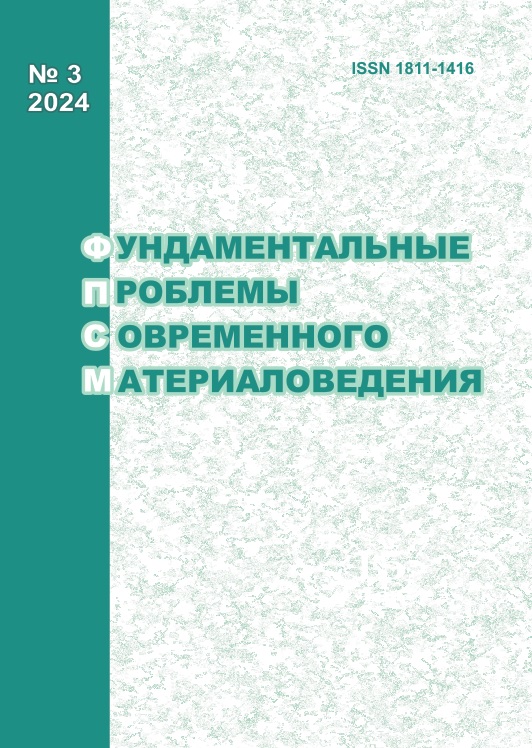ЭКСПЕРИМЕНТАЛЬНОЕ ИССЛЕДОВАНИЕ ВЛИЯНИЯ ТОЛЩИНЫ БУФЕРНОГО СЛОЯ НА ФОРМУ ЗАГОТОВОК ДЛЯ ЛИНЗОВАННЫХ ОПТИЧЕСКИХ ВОЛОКОН
10.25712/ASTU.1811-1416.2024.03.014
Ключевые слова:
линзованные оптические волокна, химическое травление, буферный слойАннотация
Экспериментально изучено влияние толщины буферного слоя ксилола на форму конической поверхности на конце оптического одномодового волокна при формировании аксиконов методом химического травления в растворе плавиковой кислоты. Получены и проанализированы фотографии линзованных торцов волокна с различным знаком кривизны поверхности. Указанные кварцевые линзованные волокна предназначены для ввода оптического излучения в разные элементы фотонных интегральных схем. Определена зависимость формы конуса от толщины буферного слоя при заданных параметрах технологического процесса. Обнаружено, что при травлении оптических волокон образуется утоньшение оболочки в воздушной среде за счет образования капель раствора плавиковой кислоты из паров выше уровня границы раздела ксилол-воздух. Для уменьшения влияния данного эффекта требуется увеличение толщины буферного слоя, который должен предотвращать диффузию молекул плавиковой кислоты в воздушное пространство реактора. С другой стороны, уменьшение буферного слоя может использоваться для формирования перетяжек с регулируемой толщиной вытравленной области на участках волокна при удалении от линзованного торца. Подобные перетяжки могут применяться для конструирования оптических датчиков, в основе работы которых лежит контакт сердцевины волокна с исследуемой средой.











 Журнал «Фундаментальные проблемы современного материаловедения»
Журнал «Фундаментальные проблемы современного материаловедения» Контент доступен под лицензией
Контент доступен под лицензией 
